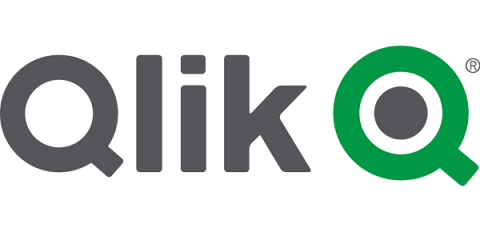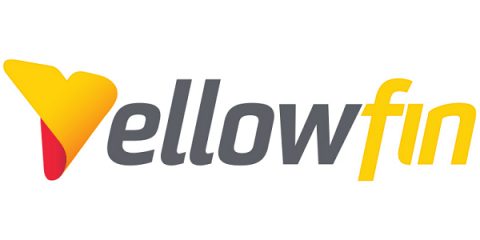Automated UI Testing for WordPress
Many websites and even applications online are built on top of a CMS. According to recent survey data, WordPress has a 60% market share, making it the most popular CMS by far. The next closest competitor, Joomla, has only 5.2%! But unlike bespoke software, many people don’t test their WordPress website. While the core of WordPress is fairly well tested by it’s creators, users, and the open source community, the same cannot be said for every plugin and theme.








